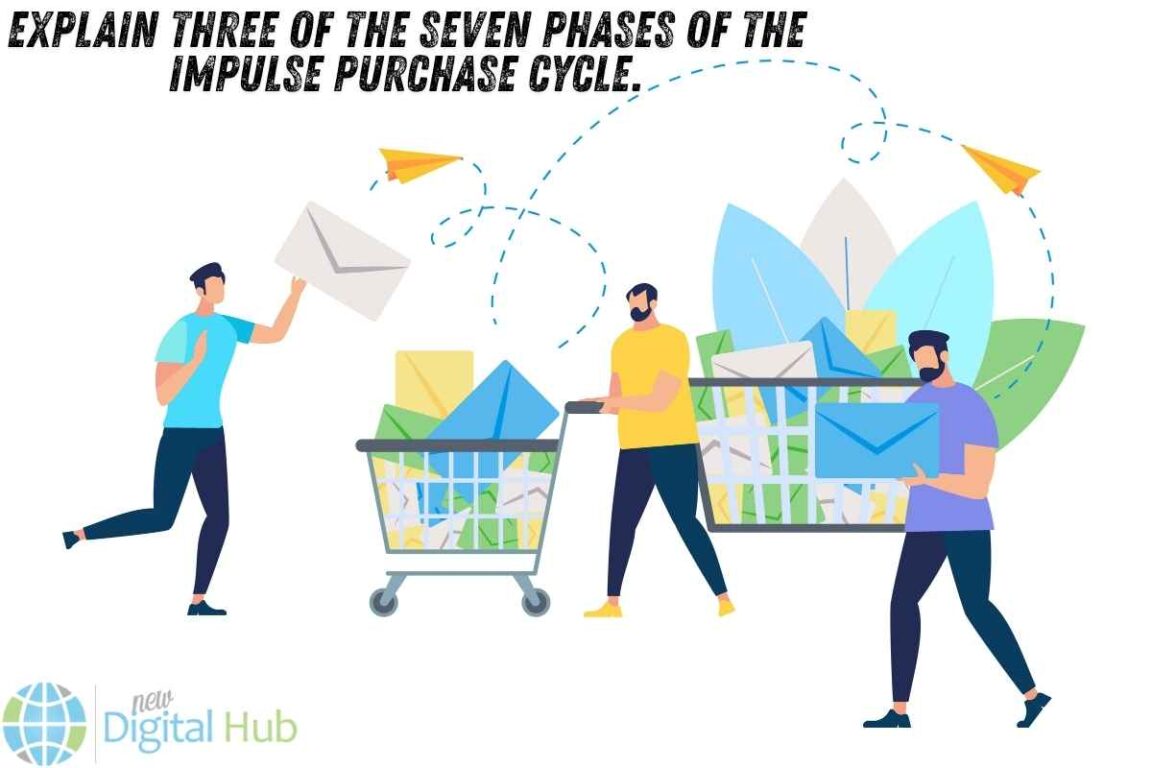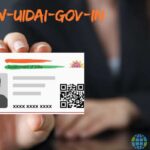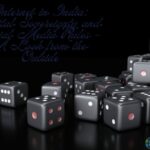We’ve all done it—bought something without planning, simply because it caught our eye or sparked a desire. That’s the magic of impulse buying. In this article, I’ll explain three of the seven phases of the impulse purchase cycle to help you understand how it works—and maybe even control your own shopping habits better.
Impulse purchases happen in a series of psychological and behavioral phases. While there are seven key stages in the full cycle, let’s dive into three of the most critical ones: Trigger, Justification, and Purchase.
Phase 1: Trigger – The Spark That Starts It All
The impulse purchase cycle begins with a trigger. This is the moment when something captures your attention unexpectedly. It could be a flashy display, a social media ad, a “limited time” discount, or even something as simple as walking past a store window.
What Causes Triggers?
Triggers are emotional or situational. Here are a few examples:
- Visual appeal: Eye-catching packaging or bold signage
- Social proof: Seeing others buy or talk about the product
- Time-based urgency: “Only 2 left in stock” or “Flash Sale”
- Emotional state: Stress, boredom, or excitement often lead to impulsive behavior
This phase is powerful because it taps into the subconscious. You weren’t planning to buy, but suddenly… you want it.
Real-Life Example:
You’re scrolling Instagram and suddenly see an ad for stylish wireless earbuds. You weren’t in the market, but the ad said, “50% off today only!” Boom—your brain gets triggered.
Phase 2: Justification – Convincing Yourself It’s Worth It
Once the trigger has sparked interest, the next phase kicks in: Justification.
This is when your brain shifts from wanting something to rationalizing why you should get it.
You start asking:
- “Do I really need this?”
- “It’s on sale… that’s saving money, right?”
- “I’ve had a rough week—I deserve this.”
Psychological Tricks We Play on Ourselves:
- Cost-per-use logic: “If I wear this shirt 10 times, it’s only $3 per wear.”
- Self-reward: “I hit the gym all week—I earned this treat.”
- Avoiding FOMO: “If I don’t buy now, I’ll miss the deal.”
Justification is often where emotion and logic blend. You’re no longer making a completely emotional decision—you’re convincing yourself it’s a smart move.
Phase 3: Purchase – Taking the Leap
After the emotional trigger and mental gymnastics of justification, the final major phase (at least in this partial cycle) is Purchase.
This is the point of no return. You’ve added it to your cart, entered your payment details, and clicked “Buy Now.”
Why This Phase Feels So Good
When you make the purchase, your brain releases dopamine—the pleasure hormone. That’s why impulse buys often feel exciting and satisfying in the moment.
But there’s a catch…
If the item doesn’t live up to expectations, or if guilt kicks in later, post-purchase regret can follow—sometimes turning into buyer’s remorse. But that’s a topic for another phase in the full impulse cycle.
Quick Recap: Three Key Phases of the Impulse Purchase Cycle
| Phase | What Happens | Why It’s Important |
| Trigger | External stimulus catches your attention | Starts the entire process |
| Justification | You convince yourself it’s okay to buy | Merges emotion with logic |
| Purchase | You take action and buy the product | Delivers instant satisfaction |
Why Understanding These Phases Matters
Most of us don’t even realize we’re falling into this cycle. But by being aware of it, we can make more conscious decisions and avoid overspending.
Benefits of Knowing the Phases:
- Better self-control during sales or online browsing
- Smarter budgeting by resisting emotional purchases
- More intentional shopping that aligns with your goals
How Brands Use These Phases Against You
Companies and marketers intentionally design shopping experiences to trigger impulse buying.
Here’s how:
- Trigger: Pop-ups, flashing discounts, influencer posts
- Justification: “Buy 2, get 1 free” deals, testimonials, urgency messages
- Purchase: One-click checkout, “Buy Now, Pay Later” options
Once you see it, you can’t unsee it.
Tips to Avoid Impulse Buying
Since we’ve covered three important phases, here’s how to counteract them:
- Wait 24 hours before buying non-essential items
- Create a wishlist and revisit it later
- Set spending limits for random purchases
- Unsubscribe from promo emails that trigger shopping
- Ask yourself: Would I buy this at full price?
FAQs: Impulse Purchase Cycle
Q1: What are the seven phases of the impulse purchase cycle?
While it may vary slightly by model, the seven general stages include:
- Trigger
- Desire
- Justification
- Purchase
- Consumption
- Post-purchase evaluation
- Memory/imprint
Q2: What makes impulse buying different from planned buying?
Impulse buying is spontaneous and emotionally driven, while planned buying involves research, price comparison, and pre-decision.
Q3: Is impulse buying always bad?
Not necessarily. It becomes a problem when it leads to financial stress or guilt. Occasional treats are okay if they fit within your budget.
Final Thoughts
To recap, if someone asked you to explain three of the seven phases of the impulse purchase cycle, you now know they are:
- Trigger (the spark)
- Justification (the rationalizing)
- Purchase (the action)
The more aware you are of these stages, the better equipped you’ll be to shop smarter—not just faster.



